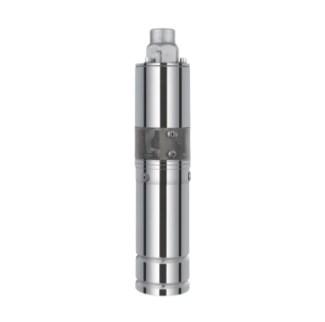How Solar Pump Performance Responds to Large Volume Water Pumping Demands

High-volume water pumping can challenge any system, and Solar Pump technology is no exception. Large flow requirements increase the demand on the pump motor, solar panels, and control electronics. Understanding how Solar Pumps respond to these conditions is essential for ensuring operational safety, preventing damage, and maintaining efficiency during intensive water delivery tasks.
High Flow Operation Challenges
When operating at large flow rates, Solar Pumps experience higher mechanical load and increased electrical current demand. The motor must overcome greater resistance, which can lead to elevated temperatures in the pump windings and drive system. If the system is not properly sized for high-volume pumping, this may result in reduced efficiency, decreased water output, and, in extreme cases, motor overheating or thermal shutdown.
System Design and Overload Protection
Modern Solar Pump systems often include protective features to prevent overload and overheating. Thermal sensors monitor motor temperature, automatically reducing pump speed or temporarily shutting the system down when unsafe conditions are detected. Variable frequency drives allow the pump to adjust output in response to real-time energy availability and load conditions, maintaining operation within safe thermal limits. Proper panel sizing and pump selection are crucial for high-flow applications to prevent stress on the system.
Cooling and Heat Dissipation
Effective heat management is important in preventing Solar Pump overheating during large flow operations. Adequate ventilation around the motor and control electronics, combined with heat-resistant materials, ensures that excess thermal energy is dissipated efficiently. Submersible pumps benefit from cooling by surrounding water, which reduces the likelihood of overheating, whereas surface-mounted pumps may require additional cooling solutions during extended high-load operation.
Operational Considerations
Operators can enhance reliability by monitoring flow rates and avoiding sustained operation at maximum capacity. Installing flow control devices or pressure sensors helps maintain safe operating conditions. Seasonal sunlight variations and ambient temperature should also be considered, as reduced solar energy may limit the pump’s capacity to handle large flows without overloading. Regular maintenance, including inspection of motor windings, bearings, and electrical connections, further reduces the risk of overheating.
Solar Pump systems can handle high-flow water pumping if properly designed, but there is a risk of overload and overheating if the system is undersized or improperly operated. Protective features such as thermal sensors, variable frequency drives, and proper heat management help mitigate these risks. Selecting appropriately rated pumps and solar arrays, monitoring operational conditions, and performing routine maintenance are essential for ensuring safe, efficient, and reliable large-volume water pumping with Solar Pump technology.
- Art
- Causes
- Crafts
- Dance
- Drinks
- Film
- Fitness
- Food
- Jogos
- Gardening
- Health
- Início
- Literature
- Music
- Networking
- Outro
- Party
- Religion
- Shopping
- Sports
- Theater
- Wellness


